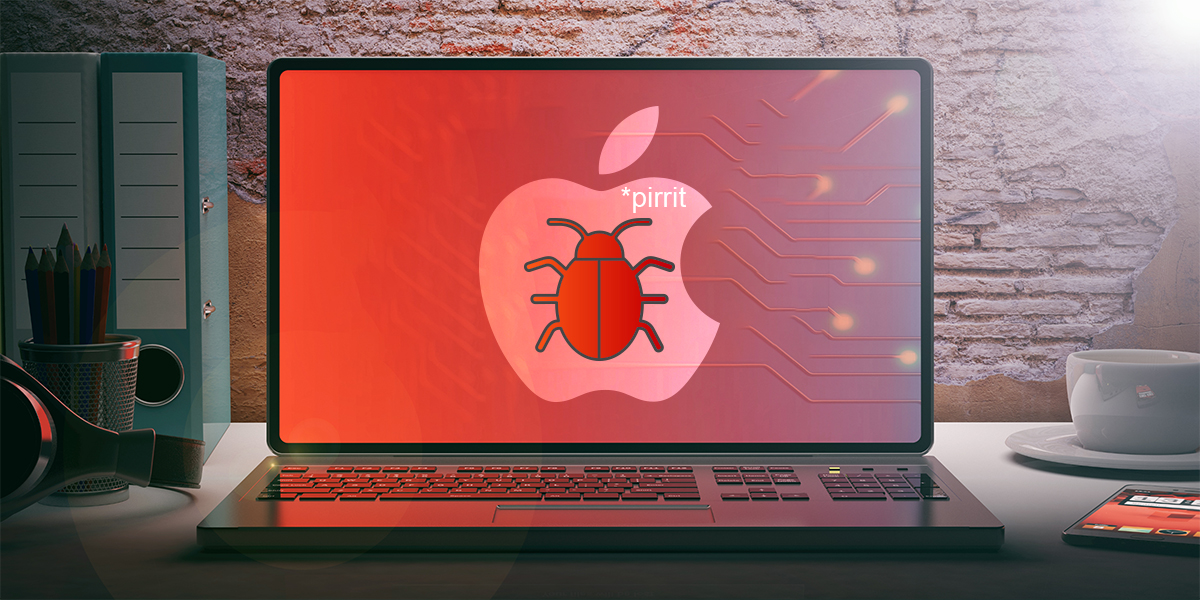BackOff – a lot has been discussed by the Anti-Virus security community and the non-AV community alike, about this malware and other families of PoS RAM scrapers. In conjunction with the mentioned article, we thought it would be nice to shed some light on this topic, however we’ll try and take a more ‘desi’ angle.
First, some insight on how this brand of malware works. Though generally targeted at PoS (Point of Sale) systems, the malware isn’t restricted only to those systems. It just requires a Windows-based operating system. Once executed it would copy itself into one of those usual Windows directories and with the usual registry entry to ensure auto-initiation between reboots. The dropped copy (mostly faking a legitimate 3rd party Windows software’s name) then goes on to scan the system processes for specific strings that would resemble your common credit and debit card details. It even goes a step further to ‘whitelist’ known processes (like csrss.exe, winlogon.exe, etc.,) and skips scanning those processes. So when an unsuspecting billing clerk at your retailer swipes your card at an infected PoS system your card details would be read by the system and processed in its memory. This data would now be easily accessible for this malware, since it just keeps scraping the memory for exactly such details. Apart from this, the malware also has functionality to log your keystrokes, i.e. whatever you type. While actively collecting all this information it also keeps posting it onto a remote C&C (Command and Control) server. Despite its ‘swiss army knife’-esque functionality this malware has little persistence; it has an injected process and an encrypted copy to achieve this. In case the malware process has been killed or has crashed, the injected process would then decrypt the encrypted copy and re-execute it. But these are techniques that are easily overcome by most Anti-Virus products today.
Getting back to the article, it says this Trojan is “spreading”, whilst in reality Trojans do not really spread themselves; only worms and viruses do. This malware family is almost a targeted type, hence it needs to be strategically ‘placed’ in a proper location to work; in short the distribution vector is of low activity, well, at least in India. A PoS system in a retailer chain would be sitting in one of the most secure network rings of the store, but as always an attacker is going to use various infiltration techniques to obtain access. This might range from a simple SQL injection to a well-crafted, target-specific, exploit-containing spam email to a vulnerable employee. The attackers in this case are targeting ‘remote desktop applications’ enabled systems and try to brute force them to obtain access. The article however describes this to be a functionality of the malware, which is not so. It cannot scan for remote desktop systems and propagate through them.
People in India might recall that the RBI made it mandatory to enter your card’s PIN for using debit cards at the PoS. Though the RBI has averted a huge risk by thwarting a fraudster who doesn’t know a stolen/lost debit card’s PIN from using it, there might now be a new risk of handing the PIN to schemers who control this PoS malware network. However the RBI has also enforced upon banks a policy to limit the scope of MagStripe cards to domestic usage only, and in case a card should have international transaction capability it must be EMV (EuroPay, MasterCard and Visa) Chip and PIN enabled, i.e. very difficult to duplicate.
As always it is advisable for individuals to keep track of their banking transactions, via SMS or email to identify any fraudulent transactions initiated from your cards ASAP.
As for K7 users, though, in case this malware does manage to find its way onto your system it would be stopped dead as we detect all its variants.
Images courtesy of:
outright.com
officeclipart.com
Kaarthik RM
K7TCL
If you wish to subscribe to our blog, please add the URL provided below to your blog reader:
https://labs.k7computing.com/feed/










